Balancing equity between brands, owners
January 14 2014
Taking an active role in ownership is critical when it comes to ensuring maximum value is squeezed out of a relationship with brand partners.
By Chad Crandell, President CHM (ISHC)
HNN columnist
As we embark upon a new year, we are reminded not only of how quickly time flies but also how much change has occurred in the industry in a relatively short period of time. Ten years ago there were neither social media managers nor discussion of millennials, and hotel companies were content selling half a dozen brands each. Needless to say, a lot has changed.
One thing that hasn’t changed, however, is hotel owners’ desire to make a return on their investments—and in many cases, the reliance on a hotel brand/operator to do so.
The relationship between hotel owners and hotel brands go way back, as do many of the contracts, with terms in the 20- to 25-year range. So how do hotel owners monitor and exercise their rights to ensure they are getting the most value out of their brand partners in light of aging agreements and significant market change? There is no easy answer, but taking an active ownership role is critical in monitoring issues and advocating for an alignment of interests.
In our asset management role, we focus on balancing owner’s equity with brand equity by staying ahead of issues that might cause the scales to tip. The following highlight four key areas that warrant close attention in 2014 to keep a balanced scorecard and protect owners’ investments.
1. CapEx—typical replacement or brand repositioning?
No expense is greater than the capital cost of owning a hotel. Owners are fortunate if they can fund normal replacement of furniture, fixtures and equipment out of the reserve account and eliminate the need for additional investment. But that is rarely the case.
The constant evolution of corporate brand requirements to retain guests and increase market share represent “capital curveballs” that owners are faced to fund often without sufficient planning time. New beds, high speed Internet access, redesigned lobbies, new signage are big-ticket items that owners have funded to meet brand standards in recent years.
Owners need to assess whether capital demands translate into a return on investment for the repositioning efforts. It might be a combination of both, but in all instances owners should work with brands to time projects within normal replacement cycles, as well as revisit standards to make sure they add value on an individual hotel and market basis.
Brands have made great strides in recent years to include representatives from ownership groups in the planning process for future prototypes/renovation elements that not only meet guest needs but also reduce cost through design, materials and durability. Continued collaboration between owners and brands will be critical to balance the scale on capital initiatives.
2. Revenue management vs?profit management?The primary responsibility of a?brand is to generate roomnights and?revenue to hotels. The growth of?intermediaries in the online travel?space and increased reliance on?third-party meeting planners has posed a real challenge for brands in their efforts to retain guests, manage marketing efforts and control costs associated with the large number of distribution channels available today. Two hotels could conceivably have the same average daily rate, but profit could vary considerably depending on where reservations originate and the method by which they were booked.
This past year, owners witnessed a significant increase in commissions being paid to third-parties, not all of which were attributed to increases in volume. In some instances, changes in online travel agency payment options impacted this expense, as well as others (credit card, management fees, etc.). Same business volume, higher costs.
Most management fee calculations are based on a percentage of total revenue, and termination clauses typically are tied to a revenue-per-available-room-index test, incenting brands/operators to focus on top-line metrics rather than profitability.
Given significant changes in distribution, performance targets can no longer be measured by RevPAR alone. Owners must work with the brand/operators to ensure revenue management strategies are developed around top and bottom line contribution.
3. Loyalty or royalty?
We have all heard the compelling statistics surrounding the roomnights and subsequent revenue directly attributed to the patronage of brand loyal guests. They book direct, they spend more and are willing to travel miles out of range to collect their rewards, stay with honors, be preferred, and ultimately accrue points on their gold passports.
The competitive landscape has changed and so have the efforts of major brands to retain loyal guests. The result is more services, more amenities, more points of differentiation, more promotions, more redemptions—all of which come at a significant cost to ownership. Brand initiatives supporting loyalty programs should be closely monitored and expenses measured to ensure there is balance between the cost/benefit of this brand-driven business.
4. Supply growth and business impact
New supply: It may be slow, but it’s coming. Brands rely on new opportunities for growth, and many are eager to assist developers with key money and other incentives to aid in their expansion.
Limited area of protection provisions within management/franchise contracts leave hotel owners vulnerable to new developments within the same brand family and even within the same brand. While all new brands are intended to target a specific customer and not compete with other brands within the same brand family, the risk for owners is whether the pie is still growing or if it is just being split into more pieces.
Impact will be an ongoing concern for owners and something that should be monitored closely and more transparently.
Chad Crandell, President of CHM is a member of the International Society of Hospitality Consultants. CHM is a leading hotel asset management and investment company delivering targeted services proven to enhance value and optimize investment returns. Visit CHM at www.chmhotel.com or call 978.522-7000.

